Pornographic is a term used in hyperbolic fashion to illustrate certain situations that in their graphic nature elicit an intense emotional reaction. The rampant corruption during the Kirchnerite years, along with their authoritarian use of the state apparatus to further their own political goals was pornographic. Mauricio Macri’s economic disaster, along with reckless borrowing including the famed century bond and corrupt self-dealing was also pornographic. It is difficult for anyone with skin in the game – and every Argentine has it – to be able to look at this situation impartially and acknowledge the incompetence of both Cristina Fernández de Kirchner and Mauricio Macri during their turn at leading the executive through an eight-year nightmare ride toward decrepitude, part of a national tragedy that has spanned nearly a century, if not longer.
In that context, the Alberto Fernández administration — which has Fernández de Kirchner as its second in command — has dogmatised the official narrative of the current economic meltdown as a consequence of a systematic plan to liberalise capital markets and proceed with relentless capital flight to the personal benefit of Macri and his friends. The strategy is analogous to the previous administration’s preferred method to deal with its problems: blaming Kirchnerites for more than a decade of irresponsible populism that institutionalised chronic deficits and widespread corruption. And to a great extent, both of those visions are accurate. There are several measures of their collective failure, but the level of capital flight, which in turn indicates distrust in the capacity to manage the economy, is a good proxy. Spoiler alert: “foreign asset formation” (FAF) during the ‘M’ years totalled a whopping US$88 billion, which compares to US$82 billion from Cristina’s two mandates, the second marked by the return of the cepo or capital controls aimed at locking down the few remaining dollars in the country. Macri, of course, then lifted them to much fanfare in the early days of his presidency, only to return to the dreaded cepo after his decisive loss in the 2019 PASO primaries. FAF during Macri’s four years in power reached 16.5 percent of GDP, according to economist Matías Surt in an interview with El Economista, just below Cristina’s 18 percent during her first mandate.
“Capital flight,” with all its complexities, has become the latest battleground for Argentina’s major and antagonistic political forces. Last week, journalist Horacio Verbitsky published the third of a series of articles on the issue, this time listing the 100 individuals who acquired the largest amounts of US dollars from December 2015 to 2019, blaming them for “strangulating national development” through the one-two punch of indebtedness and capital flight. Five members of the infamous Eskenazi family “subtracted productive investment” for US$102.9 million, leading the list. The Werthein family, with three representatives, stood at US$23.6 million. The list appears to have been leaked by the Central Bank, whose President Miguel Ángel Pesce has engaged in a tightening of capital controls in order to safeguard the extremely limited amount of greenbacks still held in reserves. A legislative commission has been set up to investigate improprieties during the Macri administration. Legal action is expected to follow.
La Nación op-ed writer Carlos Pagni picked up the glove, calling out the “media operation” as a rookie mistake. Instead of proving the tens of billions from bondsales and an International Monetary Fund loan were used to benefit Macri’s friends, the list revealed the participation of close associates of Néstor Kirchner, such as the aforementioned Eskenazi and Werthein families. Furthermore, not only was the list plagued with mistakes — according to Pagni was also missing one of the most important actors in the legal currency market: Mrs. Fernández de Kirchner. Pagni cites Cristina’s recent bestseller, Sinceramente where she notes that after an early bout of devaluation, in February 2016 she decided to use all of her legal and reported peso-denominated savings to buy US dollars. Florencia Kirchner alone had US$4.7 million, according to the journalist, which would put her in the 91st spot, yet a mysterious “identity not located” sat at the 25 spot, with US$8.8 million to its name. Thus, the list would serve to demonstrate that even the supreme leader of the movement had engaged in capital flight, contradicting the official narrative that Macri used the state as an illicit association to benefit himself and his friends. And, what a coincidence, this is essentially the same argument used against the Kirchnerists in the ‘cuadernos’ corruption notebooks case.
Unfortunately, the underlying story is that both interpretations are once again pretty accurate, rendering them two sides of the same ugly coin, and revealing the explicit intentionality of their authors. Capital flight is not a technical term, and it is being used by both the Central Bank and Verbitsky as a substitute for FAF, which includes any and all purchases of US dollars through the legal market for savings, meaning it wasn’t necessary to actually transfer those funds out of the country and into a tax haven. And, while Cristina tried to avoid it through capital controls and Macri allowed it through extreme liberalisation, in both cases savers flocked to the eternal store of value in Argentina because they did not trust the government to manage the national currency. It doesn’t matter that these weren’t undeclared funds or whether they were taken out of the country, they represent a generalised decision by most of the population to effectively choose to not save in pesos, generating a negative feedback loop that inevitably leads to another major crisis.
Monetary debasement is a policy that every Argentine government since the return of democracy has collaborated with, and those “smart” enough to play the game have always stored their wealth as far as they can from Argentine pesos, Macri and Cristina included. Which, in turn, begs the question: is fleeing from the peso immoral? Why should anyone be forced to store the fruits of their labour in one of history’s worst performing assets? There can be no doubts that capital flight unjustly benefits the rich, those who have the capacity to acquire US dollars and, if they wanted, to transfer it abroad, away from the long arm of the state. Yet, when the government irrespective of its political inclination cannot be trusted to manage its spending, to reach agreements with the opposition, and to build a more sustainable nation, why should it be financed by the people?
Verbitsky’s argument that Cristina sought to stop capital flight during her administration falls flat on its face when its magnitude is taken into account, when her own personal savings are in that currency, and when several of her personal associates laundered money to park their cash in dollars. Pagni’s attempt to justify that buying dollars is not illegal, which added to the fact that the greenbacks weren’t necessarily transferred abroad wouldn’t make it capital flight, doesn’t make the cut as dollar saving in any of its forms is a bet against the peso. And finally, the presence of the “usual suspects” making money off of their proximity to the state during both the Kirchnerista and the Macrista years indicate this is much deeper than the simple grieta would make it seem.




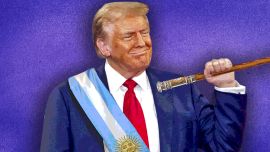
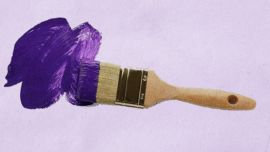
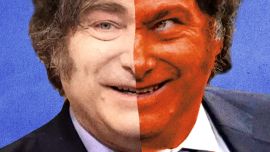
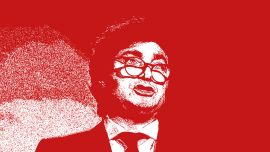
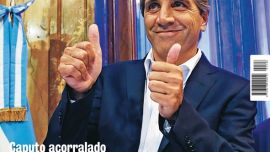



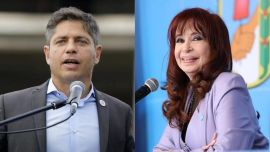
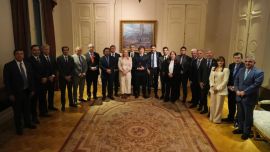

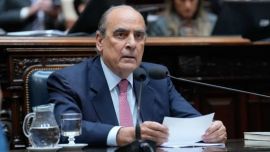
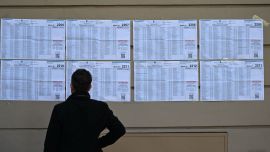



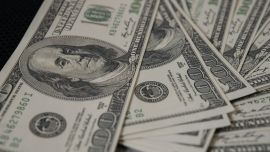

Comments